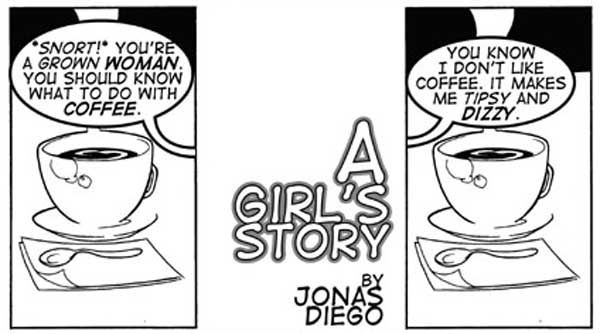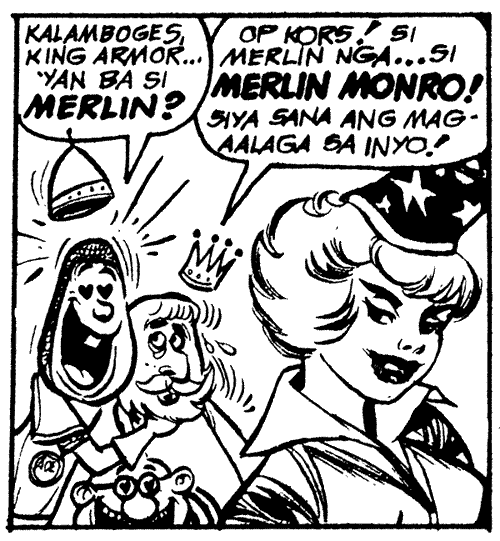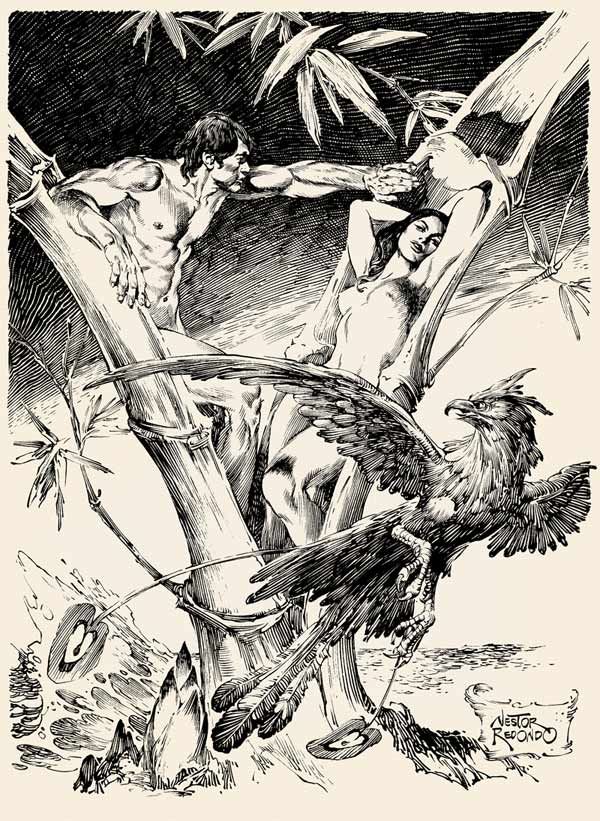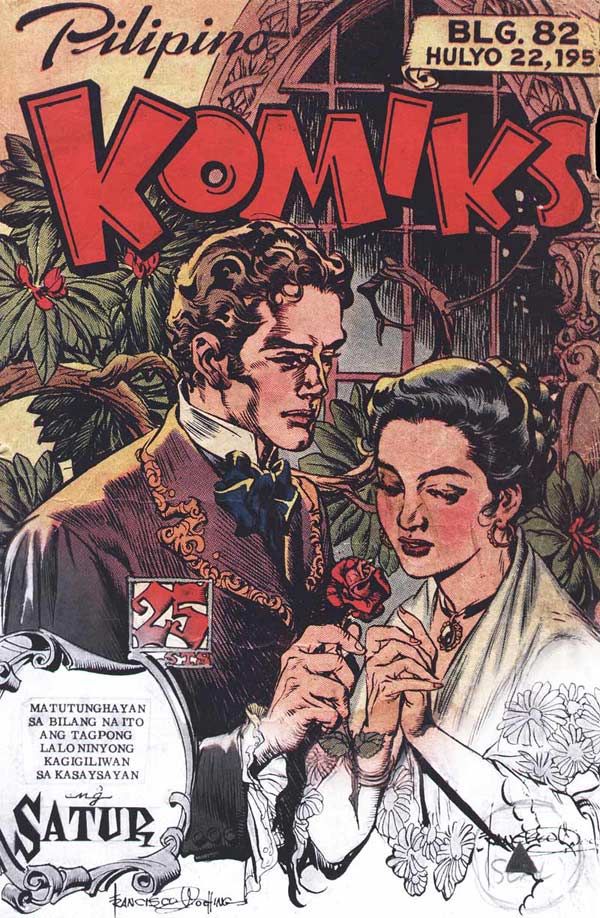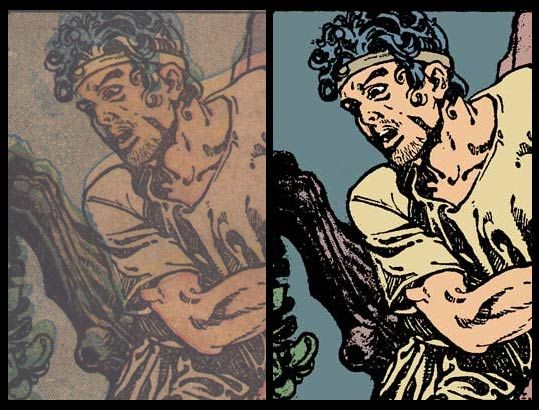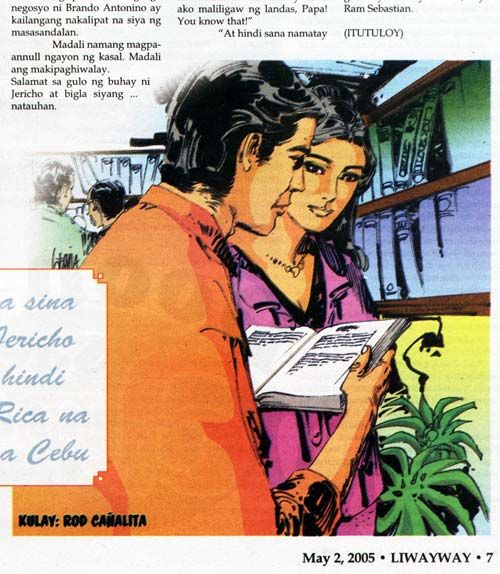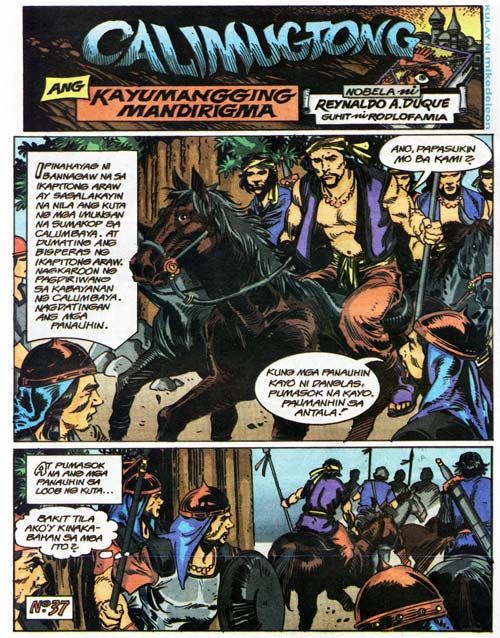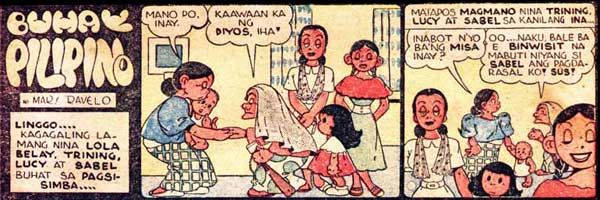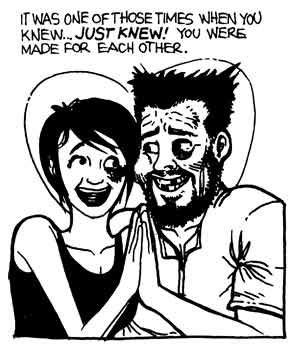Digital ArtJust Another Tool Of ExpressionWhen I started out doing comics back in 1992, all the tools I had at my disposal for making comics were paper, pencils, pens, inks, erasers, templates and straight edges. Aside from a solid drawing table, that was pretty much it. Computers pretty much came in a few years later and it's something that has been used more and more in the production of comics, specially in the last few years.
Even I have come to employ a certain degree of computerization in my comics work. I still draw everything on paper and I still letter everything by hand. But I would scan that, clean the image in the computer and if the assignment calls for it, I would color it as well.
There is HUGE potential in creating unique artwork using this new tool and I think digital artists have barely scratched the surface of what can truly be done.
Going beyond scanning artwork drawn on paper, more and more artists are using the computer itself to draw with pen and tablets, eliminating the use of paper altogether. Comics illustrators like Brian Bolland have been employing this technique and have been successful at it.
Being a professional comics inker, I'm well aware of an evolving technology that makes the need for inkers less and less. More and more comics are being created and published without the benefit of an inker. Pages are pencilled, scanned on the computer, manipulated to darken the pencil lines and then colored directly.
Many artists contend that the computer is "just another tool" in comics illustration. With a perceived cost effectivity, the wisdom of using computers is something a lot more artists and comics companies are willing to make use of.
I think about the "it's just another tool" argument and it is something that does seem to make sense, specially when it comes to comic book production. Because if you think about it, the bottom line of any comic book is the finished work and if the fans will like it or not. What does it really matter how that comic book is made as long as it looks good? What does it matter if I use pentel pens to draw it, or if another artists drew it on the computer? If the readers enjoy reading it then that's all that matters.
Unfortunately, drawing on the computer just doesn't work for ME.
For in illustrating comics, it's always been my hand, the tool, and the paper. I can use any tool I can hold my hand that puts ink on paper. I can use a quill, a marker, a brush, technical pens, a chicken toe, a nail, anything! If in the future they invent even MORE tools that I can hold that puts ink on paper, I'd be open enough to use that and see how it works for me.
But a pen, tablet and computer? It's a drawing process that doesn't produce an actual piece of original art. All you got is a computer file that can be used to print identical copies ad infinitum. There is something that is lost somewhere in there somehow.
Original comic art is something that is *extremely* important to me as an artist. There is something special and unique about a piece of paper that is dirty and damp from my sweat, the surface is scratched and uneven from the pressure I bring to bear on it. There is a physical part of me that comes with every artwork I do. I have a connection with that piece of paper that cannot be replaced by a printout of what I drew on the computer.
And to anyone who happens to acquire original artwork made by me, they would know that it's an artifact that is intimately physically connected to me. It's a kind of connection with those who appreciate my work I wouldn't want to lose.
I do accept the idea that there would be artists that would not consider original art to be all that important and that's cool, you know? Perhaps they consider the potential for creating innovative and ground breaking kind of art in the computer is worth it.
Inspite of what my personal preferences are when it comes to my own art, I welcome the idea of digitizing artwork and I can't wait to see what other artists do with it. I've seen examples and I find many of them very impressive.
